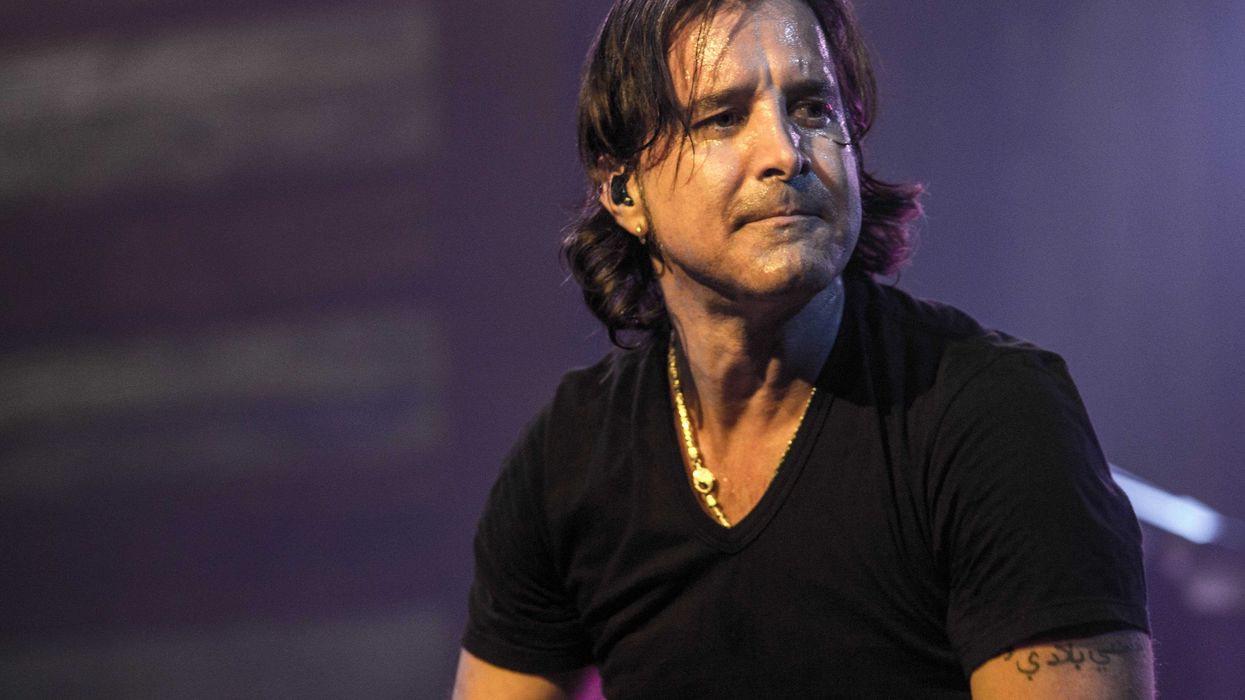To the untrained eye, the endless urban sprawl, notorious smog, and congested traffic make Delhi seem like any other developing world metropolis housing 17 million people: messy, chaotic, polluted, and unorganized. Yet Delhi is no longer just a town marked by a dichotomy of poverty and the glitz of old money. In 2014, the city is quickly growing and modernizing: Tech companies and startups are spreading to neighboring Gurgaon, an extension of the capital, while farmlands in Uttar Pradesh and Haryana are being transformed into high-rise offices and apartment buildings to accommodate the tide of regional migrants. Delhi has become a destination for global brands like Uber and Apple, both of which expanded their presence earlier this year in the hopes of capturing the city’s huge market. Various initiatives—both at the grassroots and city level—are addressing the rape and sexual assault crisis that has plagued the region. This growth and modernization, coupled with the determination of rural Indians hoping to become Delhi locals, are signs that a new sense of possibility is in the city’s ether.
Hub for progress
While Bangalore may be India’s IT capital, Delhi is quickly becoming a startup hub with incubators and coworking spaces cropping up both in the city and on its fringes. Gurgaon, which is part of Delhi’s National Capital Region, has morphed into a growing metropolis west of the capital and is home to countless venture funds, tech firms, and coworking spaces. A highlight is 91Springboard, a coworking office and incubator that houses 250 entrepreneurs in its Delhi and Gurgaon locations and retains partnerships with nestGSV in Silicon Valley.
Civic engagement
Arvind Kejriwal, former chief minister of Delhi, led the fight against corrupt politicians in the country, building a new party dedicated to the frustrations of the common man, the Aam Aadmi Party. Irritated by the government's inability to pass an anti-corruption bill, he resigned in February 2014. Kejriwal was replaced by India’s most tech-savvy and socially engaged politician, Prime Minister Narendra Modi, who, in the absence of an elected chief minister, is now the de facto leader of the city. With 7.8 million Twitter followers and 24.6 million Facebook likes, Modi has taken on celebrity status in the capital city. On his much-talked-about September visit to the U.N. General Assembly in New York, Modi even had his own hashtag: #ModinAmerica.
Street life
Delhi’s most iconic street life lies in Old Delhi, a tangled set of alleys buzzing with street food. Large vats of oil, massive cooking stoves, and the intoxicating smells of rich North Indian fare entice locals and tourists alike. This year, a more modern, upscale hodgepodge of restaurants in Delhi’s Hauz Khas Village has become an even trendier spot for young people in the city. What used to be a 13th-century city built around a water reservoir has now been transformed into South Delhi’s hottest hangout, hosting something you might not expect to find in India: a pub crawl.
Defining moment
Delhi’s ongoing battle with female harassment continues, after the rape and assault of a 23-year-old woman on a bus two years ago. Delhi still has the most sex crimes in all of India’s major cities. The tragic event has now given way to change in India’s approach to sexual crimes. India’s legal system now requires a minimum sentence of 20 years for gang rape and fast-track system for rape prosecutions that used to be tied up in endless proceedings. Delhi police records also indicate that nearly twice as many women have come forward in the last year to report sexual harassment. Additionally, smartphone apps like Circle of 6—a tool that helps prevent sexual violence and provides resources in the event of an assault—have gained traction in the city in the past year.
Connectivity
Though vast and sprawling, Delhi is one of India’s most connected cities thanks to clean natural gas-run auto rickshaws, car-hailing apps like Uber and Hailo, and the metro. The public transport system is currently in its third phase of construction—when completed in 2016, it will include some 330 kilometers of track. In a country where neither timeliness nor cleanliness are priorities, the clean trains not only run on schedule, but also have female-only compartments that help mitigate the city’s problem with harassment. As one of the first public places where India’s lower classes can experience things like air conditioning and escalators, the metro is quickly democratizing travel for 2 million people in the city’s middle and lower class.
Green life
Delhi was named one of the most polluted cities in the world this year by the World Health Organization. To combat this, Prime Minister Modi has since launched a national campaign, known as Clean India, to tidy up the country and its capital. In Delhi, an anonymous group nicknamed Delhi Rising adopted the do-it-yourself approach, tackling one dirty spot at a time. Meanwhile, a startup led by two 20-year-olds known as basicshit launched an eco-friendly method of outdoor sanitation earlier this year by replacing Delhi’s infamous, stinky walls, where people commonly urinate, with low-cost, hygienic urinals and messages of sanitation.
Diversity
In 2014, record numbers of rural migrants moved to the city to find opportunities for a better life. Mostly from neighboring states of Uttar Pradesh and Bihar, these migrants tend to lack documentation of any kind (rural hospitals rarely issue birth certificates), which makes establishing a life in Delhi more challenging. That may change as Modi launches a new digital program, designed to connect villages to the Internet and give them access to personal documents and social services electronically. Keen to participate and offer his company's services, Facebook's Mark Zuckerberg made his first trip to India this year to discuss this initiative with the Prime Minister.
Work/life balance
Reflective of the systemic divisions of Indian society, there is a marked difference between what Delhi citizens of different socioeconomic classes do to relax. For millions of laborers and migrants living in slums, playing a roadside game of cricket and socializing over cups of tea is standard. But for Delhi’s socialites, luxury shopping and expensive sports are increasingly becoming the norm, with the Buddh International Circuit in Greater Noida a destination for events like October’s Bike Festival of India as well as the Formula 1 racing circuit.
Esha Chhabra is a journalist who focuses on entrepreneurs and innovations that have social impact. She was born in Delhi but raised in California; she returns every year to India, particularly Delhi, to meet creative engineers and savvy entrepreneurs aspiring to build a more inclusive India. She enjoys navigating the city’s old, Mughal architecture, and relishing kebabs, creamed spinach, and fresh tandoori naans from Haldiram’s, one of her favorite food joints in the city.

















 A real estate agent talks with a young coupleCanva
A real estate agent talks with a young coupleCanva A frustrated school teacher takes a breakCanva
A frustrated school teacher takes a breakCanva A young girl plays around in her messy roomCanva
A young girl plays around in her messy roomCanva
 Image of the floral dress with the risque images circled
Image of the floral dress with the risque images circled  Gif of Tim Robinson via
Gif of Tim Robinson via 


 Gif of Kaitlin Olson saying "Because I said so ... that's why" via
Gif of Kaitlin Olson saying "Because I said so ... that's why" via 

 A hand holds several lottery ticketsCanva
A hand holds several lottery ticketsCanva "Simpsons" gif of newscaster winning the lotto via
"Simpsons" gif of newscaster winning the lotto via